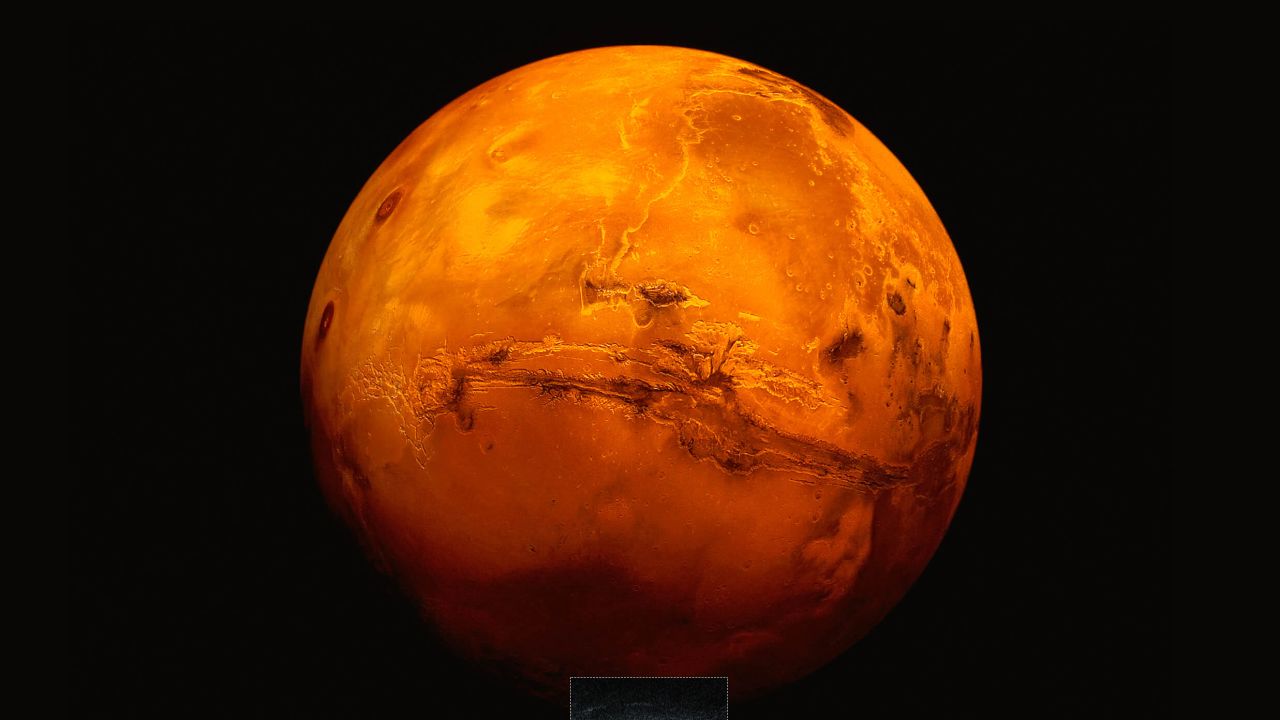NASA’s Curiosity rover has recorded an unusual geological formation on the Red Planet — a rectangular hole in a rock that has attracted significant attention from scientists and the public. The image, taken in the Gale Crater, shows a formation that outwardly resembles a cave entrance or even a portal. The image was posted on NASA’s official website and immediately triggered discussions across the web, reports the Baltimore Chronicle with reference to FBC.net.ua.
The photograph was taken by the rover’s Mastcam. The shooting location is a rocky area that had previously drawn interest due to its unusual structure and sedimentary layers, which may contain evidence of past climate conditions. According to official data, the hole is approximately 30 centimeters tall and about 40 centimeters wide. These dimensions suggest it may be a natural fracture formed by seismic activity or erosion.

Although the shape visually resembles a manmade entrance, NASA experts emphasize that it is a natural geological phenomenon. According to them, the structure resulted from stress processes in the rocks, which could have caused a fracture and the subsequent collapse of part of the rock. Similar formations, though not as geometrically regular, have been observed on the Martian surface in other regions.
Curiosity has been on Mars since 2012 and continues to explore the Gale Crater in search of clues as to whether Mars may have once supported microbial life. Geological structures like this help scientists analyze the planet’s history, particularly the climatic conditions that existed billions of years ago.
In the context of this new discovery, scientists emphasize the importance of studying such natural anomalies, as they may hold the key to understanding the planet’s geological activity. The image and other collected data will be thoroughly analyzed to determine the exact cause of the structure’s formation.
Previously, we wrote that NASA scientists had discovered alien DNA on Earth.

